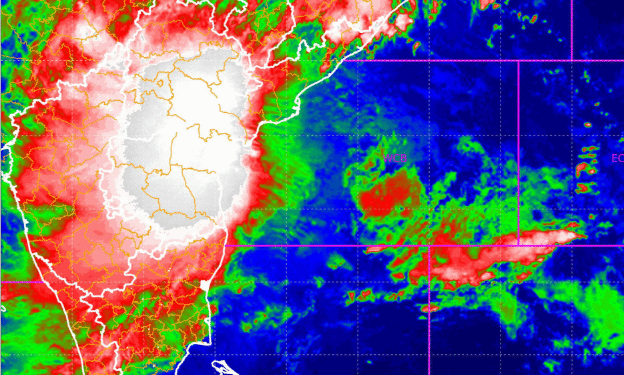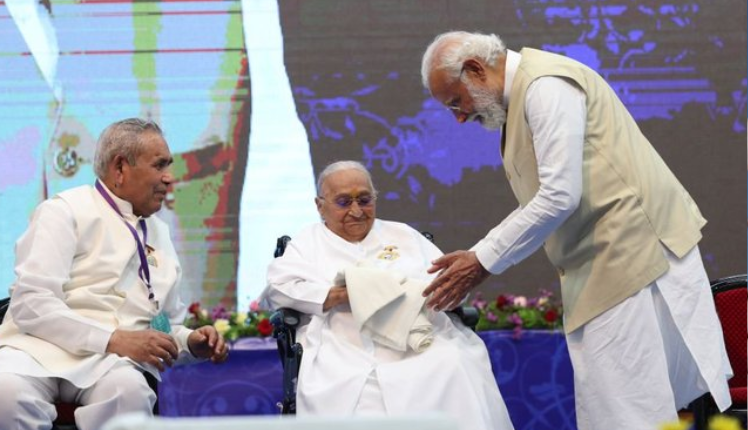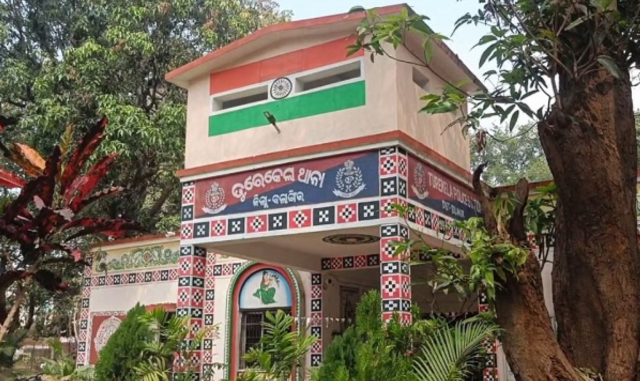Severe Cyclone Montha barreled into India’s east coast overnight, making landfall near the coastal stretch between Machilipatnam and Kakinada in Andhra Pradesh around 2 a.m. IST, unleashing gusty winds and torrential rains that have already claimed at least one life and disrupted transportation across the region.
The storm, which intensified over the west-central Bay of Bengal before weakening into a deep depression post-landfall, has brought relief from fears of catastrophic destruction but continues to pose flood risks to millions in Andhra Pradesh, Telangana, and Odisha.
According to the India Meteorological Department (IMD), the cyclone crossed the coast with sustained wind speeds of 90-110 kmph, accompanied by heavy downpours that extended rain bands as far inland as Kurnool and Nandyal districts in Andhra Pradesh.
Eyewitness accounts from the Narsapuram-Amalapuram area describe fierce gusts uprooting trees and snapping power lines, though the storm’s relatively swift passage—moving north-northwest at 15 kmph—prevented the worst-case scenarios of widespread structural damage.
In Vijayawada, a key urban center about 100 km inland, winds peaked at 60-70 kmph, leading to temporary halts in rail and road services but no major casualties or infrastructure failures.
Coastal areas fared worse, with gusts up to 100 kmph battering fishing villages and prompting evacuations of over 4 million people in the 48 hours leading up to landfall.
In Odisha, districts like Bhadrak and Balasore are reporting waterlogging, exacerbating concerns over crop losses in this agrarian belt.
Named by Thailand under the World Meteorological Organization’s naming convention, Montha formed rapidly over the Bay of Bengal earlier this week, drawing comparisons to past cyclones like Hudhud in 2014 for its trajectory but falling short in intensity.
*This is a developing story. Updates will follow as more information emerges.*





























